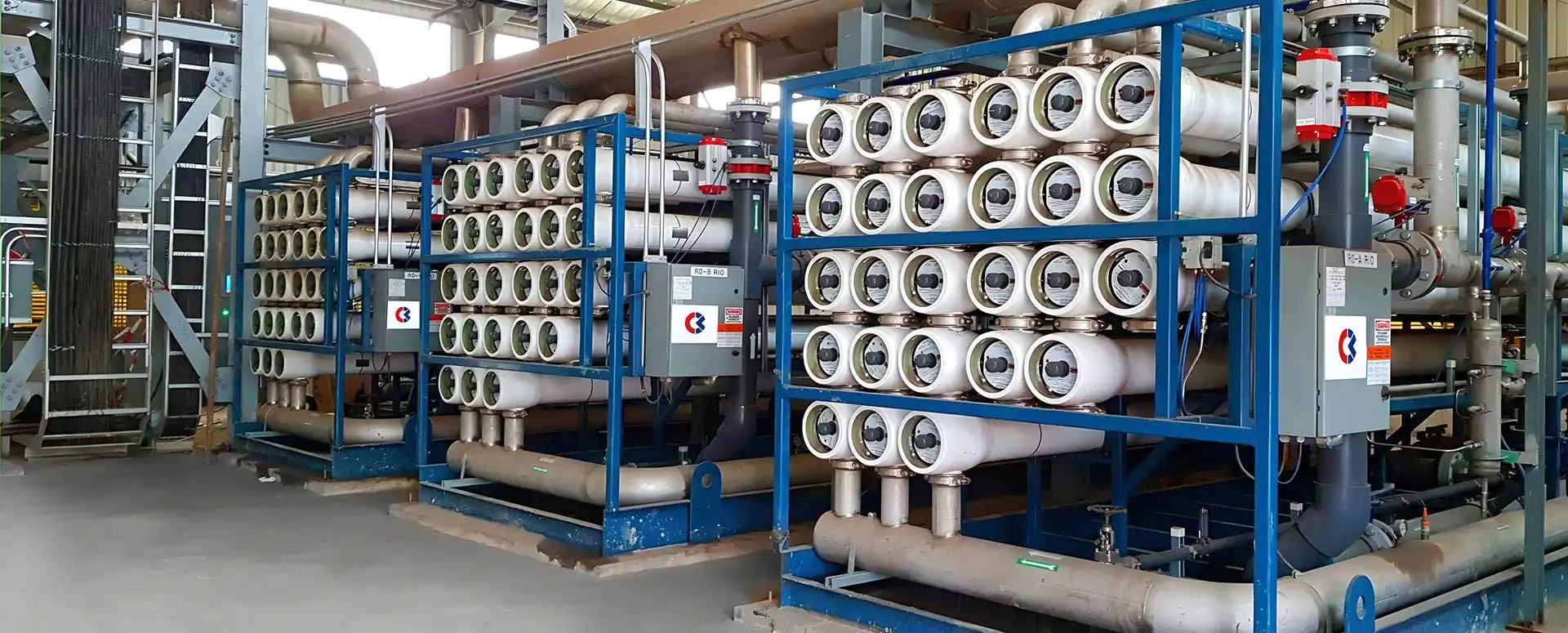
Reverse Osmosis Membranes (RO)
If you are looking for a professional ro membrane manufacturer in China, then Shanghai CM can be your first choice. CM has been an expert ro membanes supplier in China since 2009. We can provide you turn key water treatment solutions.
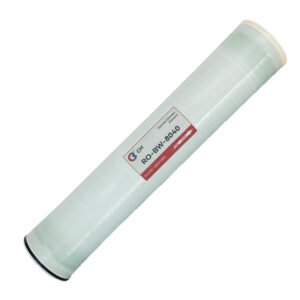
Call Us
+86 18221094035
chris@shchenmo.com
Address
No. 1188 Jiangyue Road, Minhang District, Shanghai
Proven, Reliable, High-performance Water Purification
Compared to traditional filtration technologies that rely on a screen or filter to remove particles, reverse osmosis (RO) is a pressure-driven separation process that employs a semipermeable membrane and the principles of crossflow filtration.
Reverse osmosis water treatment provides the finest level of filtration. The RO membrane acts as a barrier to all salts and inorganic molecules, as well as organic molecules with a molecular weight greater than approximately 100. It is therefore a highly effective process for removing contaminants such as:
- Endotoxins/pyrogens
- Insecticides/pesticides
- Herbicides
- Antibiotics
- Nitrates
- Sugars
- Soluble salts
- Metal ions
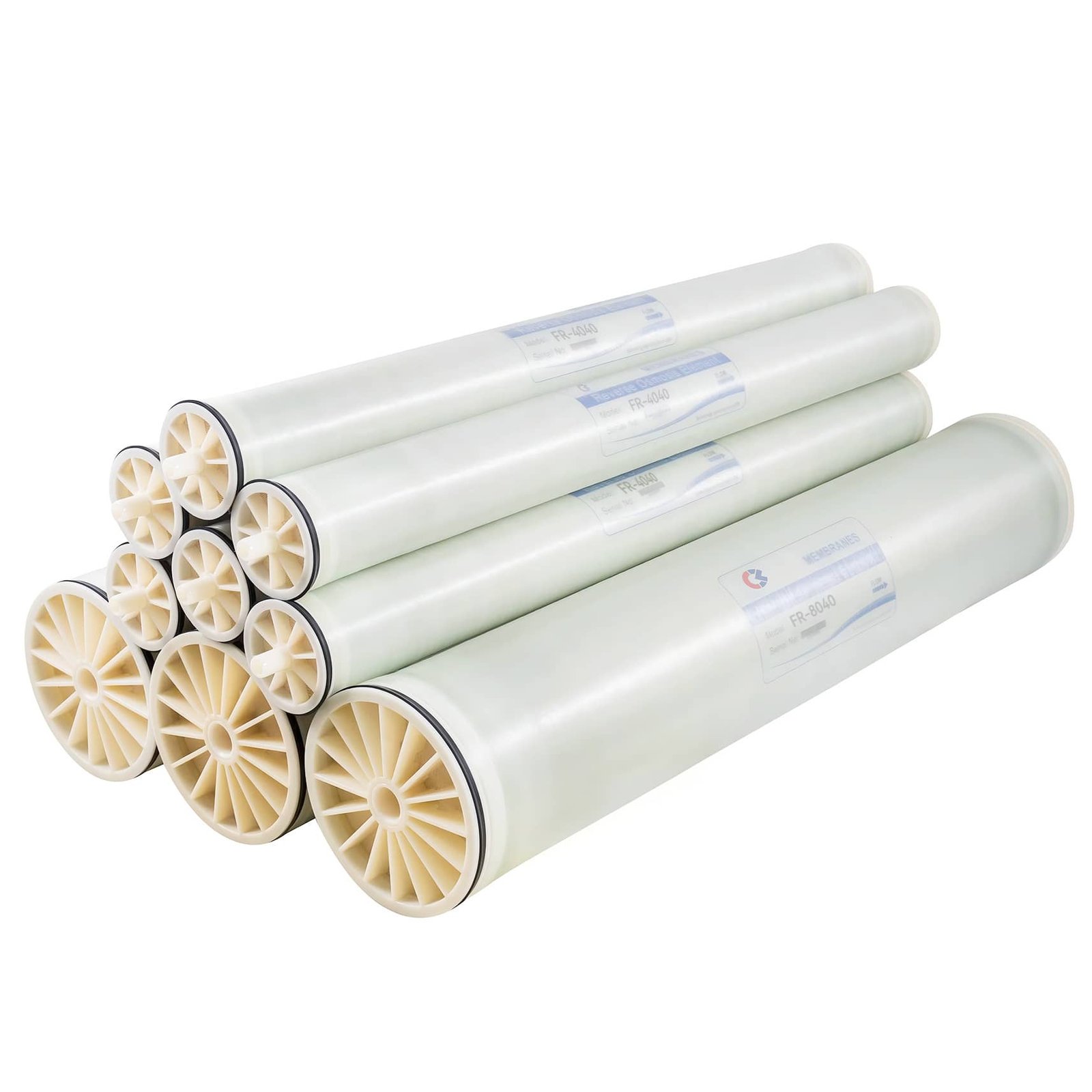
RO Membrane Product Series
Professional reverse osmosis membrane solutions for various water treatment applications, from brackish water to ultra-low pressure systems
Brackish Water Series
Brackish water RO membranes are used to treat brackish water, which is water with a TDS level between 1,000 and 10,000 ppm. Brackish water RO membranes are designed to function at pressures over 200 psi and require more energy than tap water RO membranes. The primary difference between brackish water and seawater is the amount of dissolved salts and solids.
| Model | Effective Area ft²(m²) | Average Yield GPD(m³/d) | Salt Rejection(%) | Recovery Rate(%) |
|---|---|---|---|---|
| BW-2521 | 13(1.2) | 350(1.3) | 99 | 15 |
| BW-2540 | 28(2.6) | 750(2.8) | 99.3 | 15 |
| BW-4021 | 36(3.3) | 900(3.4) | 99.3 | 8 |
| BW-4040 | 78(7.2) | 2500(9.5) | 99.5 | 15 |
| BW-8040 | 400(37) | 11000(41.6) | 99.5 | 15 |
Low Pressure Series
The low-pressure (LP) series is an aromatic polyamide composite membrane element used for desalination of medium and low concentration brackish water. It has the characteristics of high desalination rate and large flux. It can be widely used in municipal water supply, surface water reuse, coal chemical industry, thermal power generation boiler supply water, food industry water, textile printing and dyeing, electroplating industry and other fields.
| Model | Effective Area ft²(m²) | Average Yield GPD(m³/d) | Salt Rejection(%) | Recovery Rate(%) |
|---|---|---|---|---|
| LP-2521 | 13(1.2) | 350(1.3) | 98.5 | 15 |
| LP-2540 | 28(2.6) | 750(2.8) | 99 | 15 |
| LP-4021 | 36(3.3) | 900(3.4) | 99 | 15 |
| LP-4040 | 78(7.2) | 2500(9.5) | 99 | 15 |
| LP-8040 | 400(37) | 11000(41.6) | 99 | 15 |
| LP-8440 | 440(41) | 12000(45) | 99 | 15 |
Ultra-low Pressure Series
The ultra-low (ULP) pressure series optimizes the membrane manufacturing process and has higher water flux and salt rejection rate than the previous generation, as well as better pollution resistance. This membrane element is suitable for desalination and deep treatment of low-salt raw water such as surface water, underground water, tap water, etc. with a salt content of less than 1000ppm. It can achieve high water production under extremely low operating pressure or small membrane area.
| Model | Effective Area ft²(m²) | Average Yield GPD(m³/d) | Salt Rejection(%) | Recovery Rate(%) |
|---|---|---|---|---|
| XLE-2521 | 13(1.2) | 350(1.3) | 98.5 | 8 |
| XLE-2540 | 28(2.6) | 750(2.8) | 99 | 15 |
| XLE-4021 | 36(3.3) | 900(3.4) | 99 | 8 |
| XLE-4040 | 78(7.2) | 2500(9.5) | 99 | 15 |
| XLE-8040 | 400(37) | 11000(41.6) | 99 | 15 |
| XLE-8440 | 440(41) | 12000(45) | 99 | 15 |
RO Membrane Applications
Our reverse osmosis membranes serve diverse industries with reliable water treatment solutions, ensuring optimal performance across various applications.

Seawater Desalination
Advanced RO technology for converting seawater to fresh water.
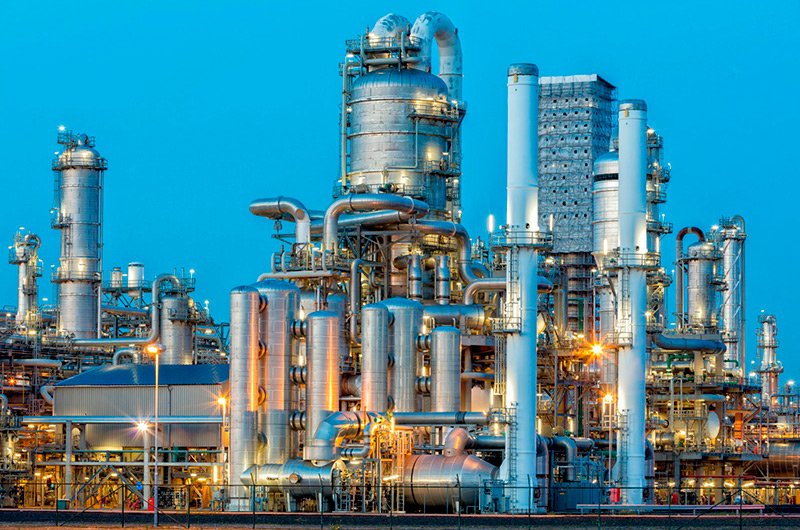
Energy Industry
High-performance RO membranes for power plants, oil refineries, and renewable energy facilities requiring ultra-pure water.
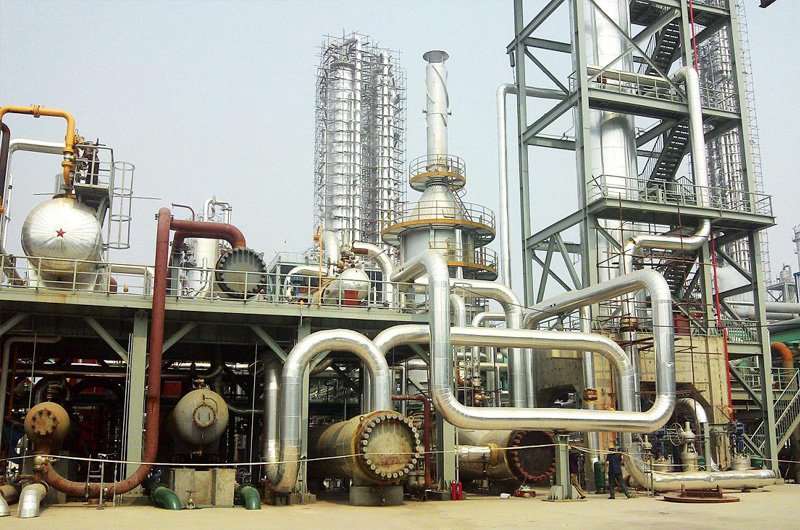
Chemical Industry
Specialized membrane solutions for chemical processing, pharmaceutical manufacturing, and industrial water purification.
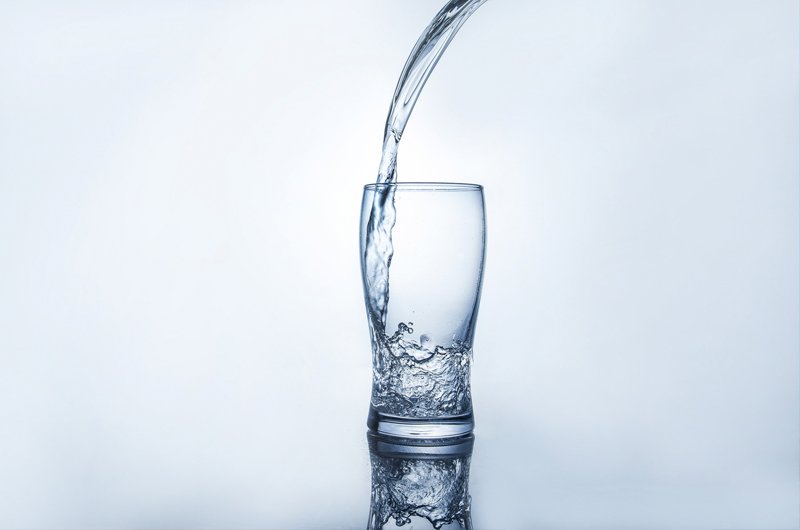
Drinking Water
Reliable filtration systems for safe, clean drinking water.
Why Choose CM RO Membranes?
High Efficiency
Superior water recovery rates and contaminant rejection performance
Reliable Quality
CE and ISO 9001:2015 certified with consistent performance
Global Service
Exported to 60+ countries with comprehensive technical support
Frequently Asked Questions
Everything you want to know about CM is here. Find answers to common questions about reverse osmosis systems, maintenance, and quality assurance.
- Always a pre-production sample before mass production
- Always final inspection before shipment
In normal operation, the membrane surface in RO elements can become fouled by mineral scale, biological matter, colloidal particles and insoluble organic constituents. Deposits build up on the membrane surfaces during operation until they cause loss in normalized permeate flow and/or loss of normalized salt rejection.
Elements should be cleaned whenever any of the following conditions occur:
- The normalized permeate flow drops by ≥10%
- The normalized salt passage increases by ≥10%
- The normalized differential pressure (feed pressure minus concentrate pressure) increases by ≥15% from the reference condition established during the first 48 h of operation
To improve the efficiency of reverse osmosis systems, several methods can be adopted:
Pre-treatment Optimization
Reduce suspended matter and particle content in source water to minimize membrane fouling
Parameter Adjustment
Optimize pressure, flow rate, and temperature for optimal filtration results
Regular Maintenance
Clean and replace filters and membrane elements regularly
High-Performance Materials
Select advanced membrane materials with enhanced permeability and anti-fouling capabilities
The service life of a reverse osmosis membrane depends on several factors, including water quality, pressure, temperature, and usage frequency.
Key Maintenance Points:
- Regular filter replacement and membrane element cleaning
- Maintain good filtration performance
- Ensure system pressure and flow are within design requirements
- Avoid damage due to improper operation
Choosing the right reverse osmosis membrane requires careful consideration of several factors:
Water Quality Analysis
Analyze source water composition, TDS levels, and contaminant types to determine membrane specifications
Operating Conditions
Consider pressure requirements, flow rates, and temperature ranges for optimal performance
Application Requirements
Match membrane characteristics to specific application needs and quality standards
Still Have Questions?
Our technical experts are ready to help you find the perfect reverse osmosis solution for your specific needs.
